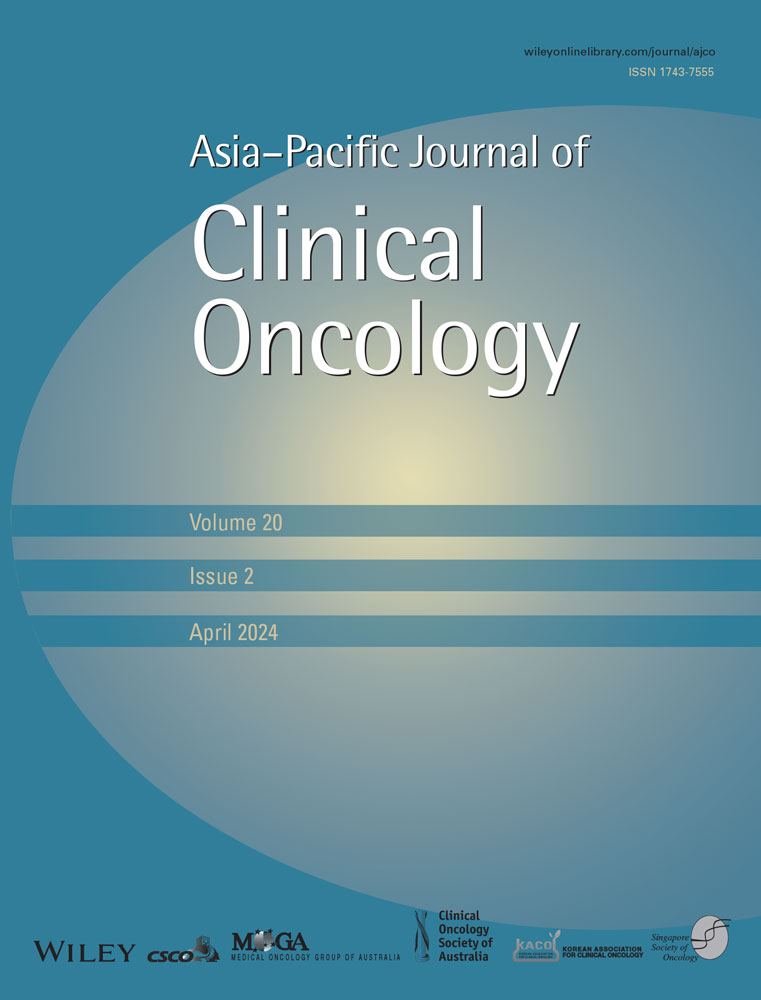Risk factors for taxane-induced peripheral neuropathy in patients with breast cancer
Abstract
Purpose
This study investigated the clinical risk factors for peripheral neuropathy induced by docetaxel and albumin-bound paclitaxel (AP) in patients with breast cancer.
Methods
This prospective observational study recruited 268 patients between March 2019 and December 2020. Patient information was obtained through the query system for laboratory test results, patient consultations, and scale evaluations. Neuropathic symptoms were followed up throughout and until 3 months after taxane chemotherapy. Univariate and multivariate analyses were used to find the risk factors for overall and moderate–severe taxane-induced peripheral neuropathy (TIPN).
Results
Cumulative dose (odds ratio [OR] = 3.533, 95% confidence interval [CI]: 1.797–6.944, p < 0.001), body mass index (BMI) (OR = 2.926, 95% CI: 1.621–5.281, p < 0.001), body surface area (BSA) (OR = 1.724, 95% CI: 1.011–2.941, p = 0.045), and hypocalcemia (OR = 4.899, 95% CI: 1.518–15.811, p = 0.008) all increased the risk of TIPN. Only cumulative dose (OR = 2.577, 95% CI: 1.161–5.719, p = 0.020) and BSA (OR = 2.040, 95% CI: 1.073–3.877, p = 0.030) were independent risk factors for moderate–severe TIPN.
Conclusion
Cumulative dose, BMI, BSA, and hypocalcemia are all risk factors for overall TIPN, whereas cumulative dose and BSA are risk factors for moderate–severe TIPN. Patients with breast cancer who have high BMI, large BSA, hypocalcemia, and large cumulative dose may be at risk of TIPN, and intervention measures must be actively carried out for them.
CONFLICT OF INTEREST
The authors declare no competing interests.
Open Research
DATA AVAILABILITY STATEMENT
All data generated or analyzed during this study are included in this article.




